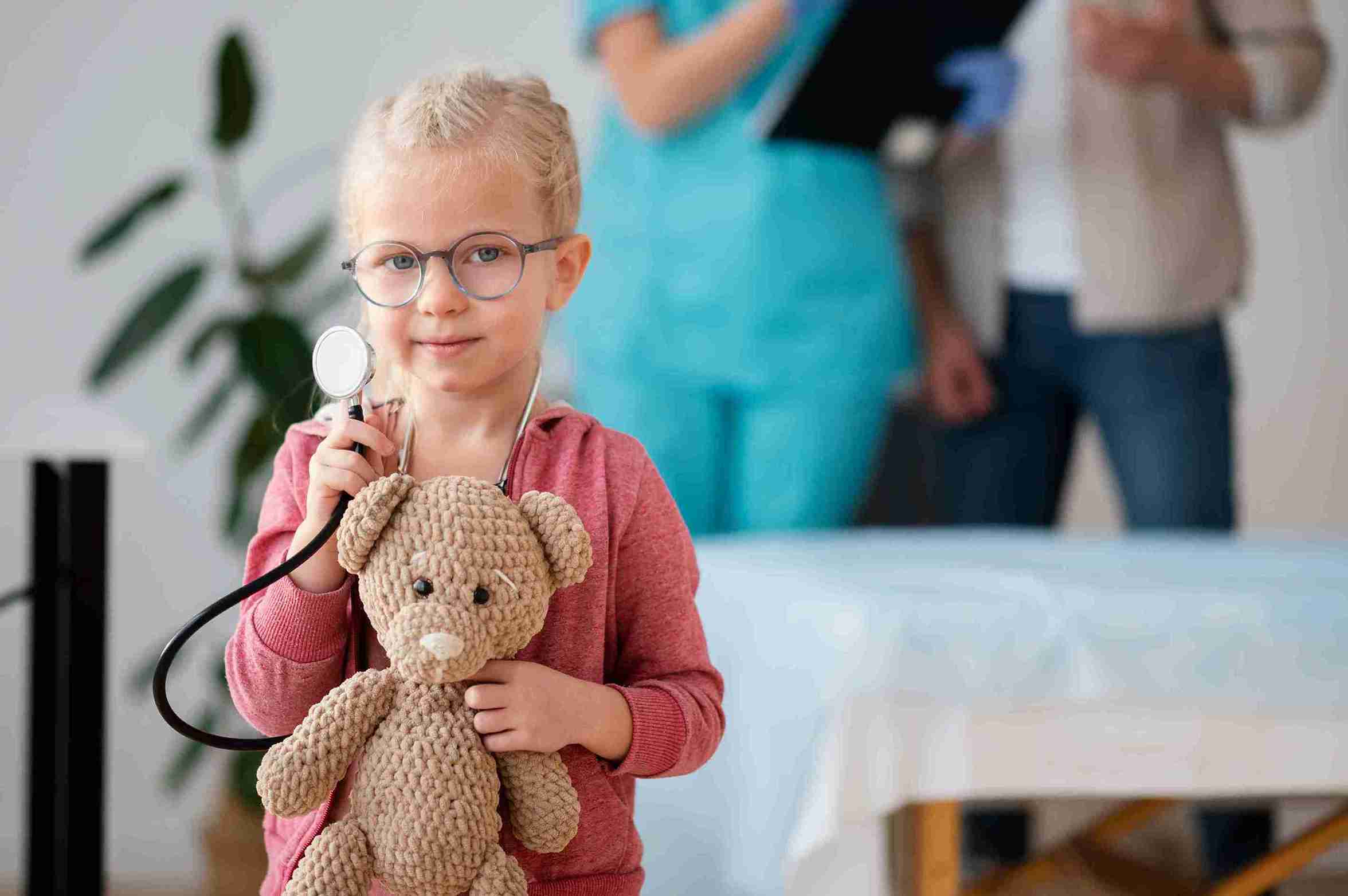Understanding Child Rehabilitation and what parents should know

Child rehabilitation is a crucial aspect of healthcare that focuses on restoring the physical, cognitive, emotional, and social well-being of children who have experienced illness, injury, trauma, or developmental challenges. It encompasses a range of interventions aimed at improving a child’s quality of life and helping them achieve their full potential. In this article, we’ll explore why child rehabilitation is relevant, who may need help, and what parents can do to support their child through the rehabilitation process.
Why is Child Rehabilitation Relevant?
Child rehabilitation is relevant for several reasons:
Physical Recovery: Children may require rehabilitation to recover from injuries, surgeries, or medical conditions such as cerebral palsy, spinal cord injuries, or congenital disorders. Rehabilitation helps improve mobility, strength, and motor skills, enabling children to regain independence and participate in daily activities. Children with conditions such as cerebral palsy, spina bifida, muscular dystrophy, or limb differences may require physical therapy, assistive devices, and other interventions to improve mobility, coordination, and functional abilities.
Cognitive and Developmental Support: Some children may experience delays or challenges in cognitive development, speech and language skills, or learning abilities. Rehabilitation interventions such as speech therapy, occupational therapy, and educational support can help address these issues and promote academic and social success.
Neurological Disorders: Children with neurological conditions such as autism spectrum disorder, attention deficit hyperactivity disorder (ADHD), epilepsy, or traumatic brain injury may benefit from rehabilitation services to address cognitive, behavioural, and sensory issues.
Emotional and Psychological Well-being: Children who have experienced trauma, chronic illness, or disability may struggle with emotional and psychological difficulties such as anxiety, depression, or post-traumatic stress disorder (PTSD). Rehabilitation programs often incorporate counseling, behavioural therapy, and psychological support to help children cope with their experiences and build resilience.
Chronic Illness: Children living with chronic illnesses such as cancer, cystic fibrosis, diabetes, or asthma may need rehabilitation to manage symptoms, improve physical endurance, and enhance overall health and well-being.
Social Integration: Children with disabilities or chronic health conditions may face barriers to social participation and inclusion. Rehabilitation aims to enhance social skills, peer interactions, and community involvement, fostering meaningful relationships and integration into various settings such as school, extracurricular activities, and recreational programs.
Trauma and Injury: Children who have experienced accidents, sports injuries, or trauma resulting from abuse, neglect, or violence may require rehabilitation to recover from physical injuries, address psychological trauma, and rebuild their lives.
What Parents Should Know and Do:
Parents play a critical role in supporting their child’s rehabilitation journey. Here are some key considerations and actions for parents:
Educate Yourself: Take the time to learn about your child’s condition, treatment options, and available rehabilitation services. Ask questions, seek information from healthcare professionals, and connect with support groups or advocacy organizations for additional resources and guidance.
Collaborate with Healthcare Providers: Work closely with your child’s healthcare team, including physicians, therapists, nurses, and educators, to develop a comprehensive rehabilitation plan tailored to your child’s needs and goals. Keep lines of communication open, share observations and concerns, and actively participate in decision-making regarding your child’s care.
Set Realistic Expectations: Understand that rehabilitation is a gradual process that may involve setbacks and challenges along the way. Be patient and realistic in your expectations, celebrating small victories and progress while acknowledging the time and effort required for meaningful outcomes.
Create a Supportive Environment: Foster a supportive and nurturing environment at home that promotes your child’s physical, emotional, and social well-being. Provide opportunities for play, exploration, and creativity, and encourage open communication and expression of feelings.
Encourage Independence and Self-Advocacy: Encourage your child to take an active role in their rehabilitation journey, empowering them to voice their needs, preferences, and goals. Teach them self-care skills, problem-solving strategies, and advocacy techniques to build confidence and resilience.
Promote Inclusion and Acceptance: Foster a culture of inclusivity and acceptance within your family, school, and community, embracing diversity and celebrating each individual’s unique strengths and abilities. Advocate for accessible environments, inclusive policies, and opportunities for participation and belonging.
Seek Social Support: Connect with other parents and families facing similar challenges, sharing experiences, insights, and support. Join parent support groups, attend workshops or conferences, and utilize online forums and social media networks to build a supportive community and exchange knowledge and resources.
Child rehabilitation is a multifaceted process that requires collaboration, patience, and dedication from parents, healthcare professionals, and communities. By understanding the relevance of rehabilitation, recognizing who may need help, and knowing how to support their child through the journey, parents can empower their children to thrive and reach their full potential. With love, patience, and determination, every child can overcome obstacles and achieve success in life.
By prioritizing their child’s rehabilitation and taking proactive steps to support their physical, cognitive, emotional, and social well-being, parents can make a profound difference in their child’s life, helping them build resilience, confidence, and independence for a brighter future.




